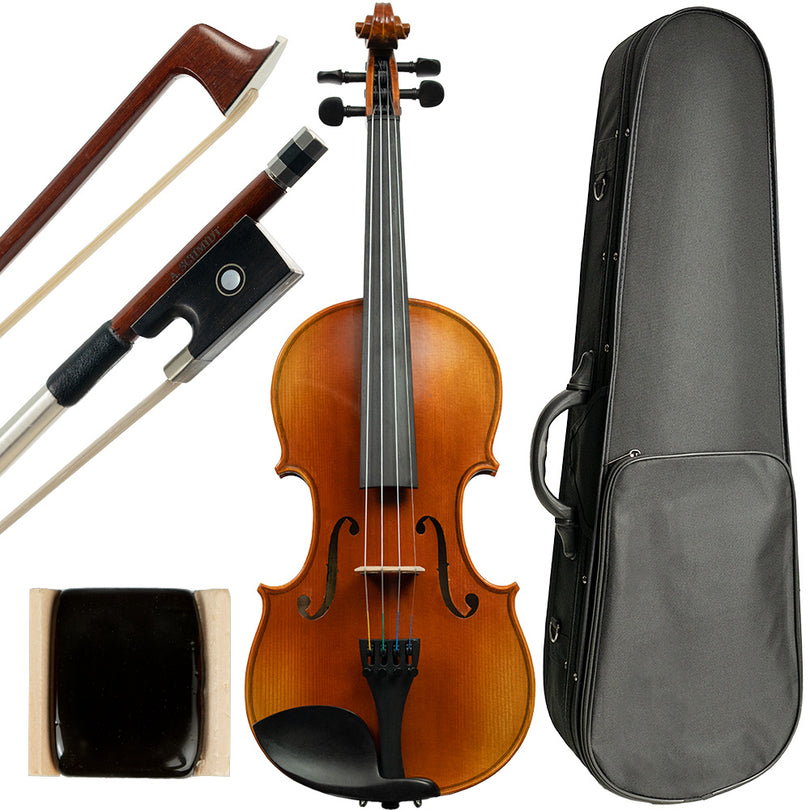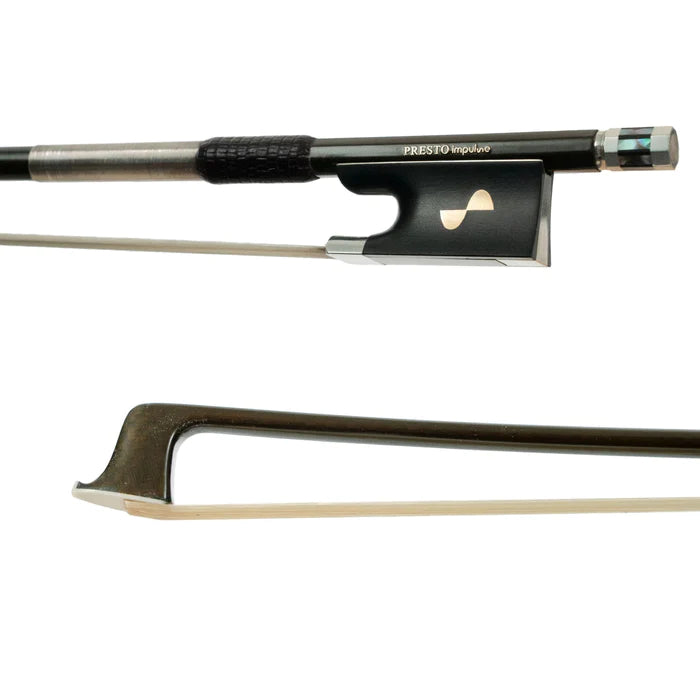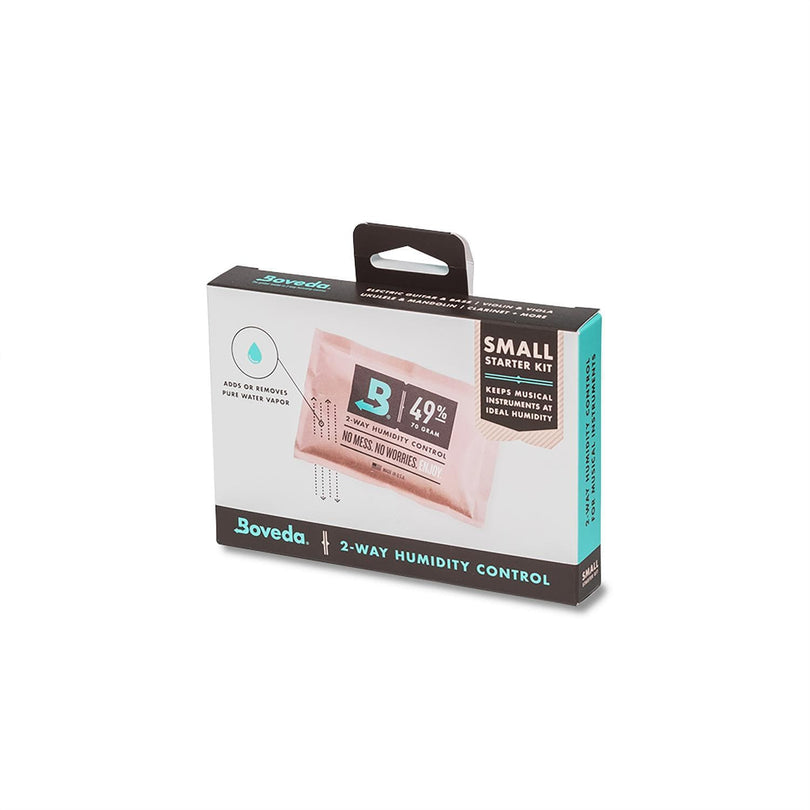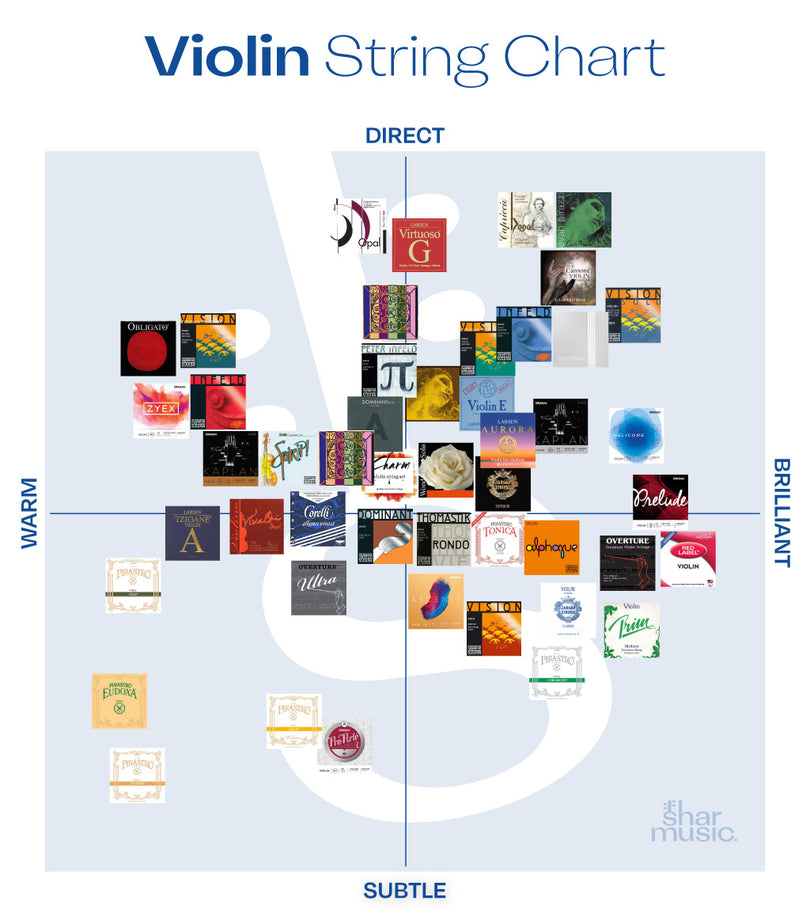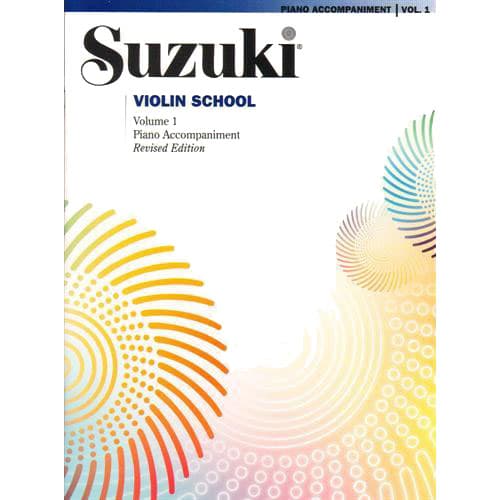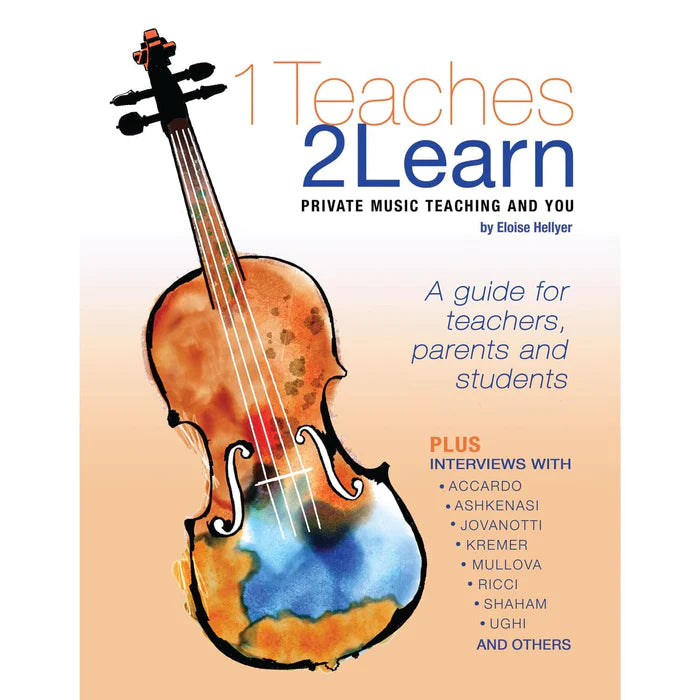🤔 To Rest or Not to Rest? That Is the Question.
Ask ten violinists whether a shoulder rest is essential, and you might get ten different answers.
Some say it’s an ergonomic must-have. Others argue it interferes with tradition—or tone. So… who’s right?
The truth? It depends.
The shoulder rest is a personal tool, not a universal rule.
📜 A Brief History of the Shoulder Rest
Despite how common they are today, shoulder rests are a relatively recent addition to the violinist’s toolkit. The earliest known reference comes from Pierre Baillot’s 1835 treatise, L’art du Violon, where he suggests that players use a cushion or handkerchief for support—especially if they have narrow shoulders.
For much of the violin's rich history, players relied on posture, technique, and chin support alone. But as performance demands—and student needs—evolved, so did tools for comfort and support.
✅ Why Use a Shoulder Rest?
While it may not be essential for every player, the right shoulder rest can offer several key benefits:
💡 1. Better Ergonomics and Posture
A well-fitted rest supports the violin or viola without forcing the player to lift their shoulder or strain their neck.
This can reduce tension, improve endurance, and help form healthy habits—especially for growing students.
🧠 Fun Fact: A Brazilian study in Acta Ortopedica Brasileira found that violinists and violists are most prone to strain in the neck and shoulder area—a problem that thoughtful posture and setup (including shoulder rests) can help prevent.
🛠️ 2. Custom Fit for Unique Bodies
There’s no one-size-fits-all when it comes to playing posture. That’s why many teachers recommend starting students with foam-style rests (like the soft, flexible Xeros pads) and avoiding rigid models too early.
Advanced players benefit from adjustable, durable options like Performa or Kun rests, which can be customized for height, angle, and comfort.
🎯 Teacher Tip: Always reevaluate a student’s shoulder rest as they grow. An ill-fitting rest can lead to long-term bad habits—and even injury.
🧍♂️ 3. Added Stability for Technique Development
For many players, a shoulder rest makes the violin feel more stable and less likely to slip. This encourages relaxed playing, clearer shifts, and confident vibrato—especially important during early training.
That said, a shoulder rest shouldn’t be used as a crutch. It’s a support tool, not a substitute for good technique.
🙅♂️ Why Some Players Skip the Shoulder Rest
While shoulder rests are helpful for many, they’re not for everyone—and that’s okay.
🎵 1. Tone and Resonance Concerns
Some advanced players believe that shoulder rests can dampen an instrument’s natural resonance, especially on older or more sensitive violins. Others simply prefer the tactile connection of holding the violin directly against the collarbone or shoulder.
🎻 2. Tradition and Style
Many historic greats—Heifetz, Milstein, Oistrakh—played without a shoulder rest. And some modern professionals still choose to go without.
Violinist Nathan Cole, First Associate Concertmaster of the Los Angeles Philharmonic, famously abandoned his shoulder rest after 30 years. Inspired by a recital on a Stradivarius once used by Milstein, he decided to go “bare.” It wasn’t easy, but he ultimately found that his tone, shifting, and vibrato improved:
“I’ve arrived at a different vibrato and a greater variety of shifts, compared to my rest-ing days... I like the changes.”
🤷♀️ 3. Comfort and Fit
For some players, shoulder rests just don’t feel good—even when properly adjusted. Every body is different, and for some, a chinrest adjustment or foam pad may be more effective and comfortable than a traditional rest.
🧭 So… Should You Use a Shoulder Rest?
Only you—and your teacher—can answer that.
Here’s how to approach it:
✅ Consult your teacher. They’ll help assess your posture and recommend options.
✅ Try different styles. Don’t settle for discomfort—your rest should support you, not fight you.
✅ Listen to your body. If you feel tension, pinching, or pain, something needs to change.
And remember: comfort and sound can coexist. It’s all about finding the right balance for you.
🎒 Explore Shoulder Rests at Shar
Whether you’re looking for a minimalist foam pad, a fully adjustable model, or expert help choosing the right setup, Shar Music has what you need. We’re here to support your sound, your comfort, and your journey.
👉 Browse Our Collection of Shoulder Rests
Need help choosing the right rest?
Reach out to our team or talk with your teacher—we’re always happy to help you find your perfect fit. Because at Shar, we believe in music—and the musicians behind it.

